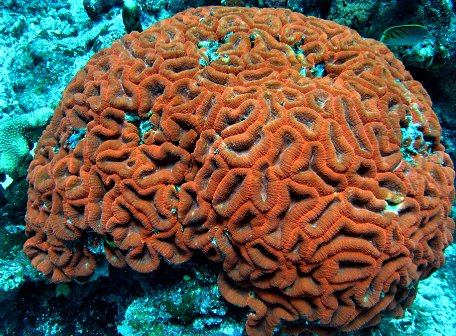It's been long documented that our memories are modified by the act of remembering, and that the emotional circumstance of that act of recalling influences future emotional content of that memory on future recalling. This process is part of memory consolidation, where a memory becomes part of our background knowledge.
See, for example, Bridge and Paller in The Journal of Neuroscience here.
There's no known natural brain process that some neuroscientist has not at least tried to duplicate via technology. In the below study, we have electrode-implanted mice which were selected for the electrodes activating a particular situation's (situation A) memory tracing (a la Wilder Penfield's human studies). Forced recall via electrode stimulation of a non-painful memory was coupled with a painful stimulus (situation B).
As a result, the experiment showed that the mice became conditioned to expect pain when put in the recalled situation A again for real.
No, this is not Total Recall. The memory had its emotional content modified, not its overall content. Still, one wonders if this could be made into a treatment for PTSD someday.
----------------------------
ABSTRACT
Creating a False Memory in the Hippocampus
Steve Ramirez1,*, Xu Liu1,2,*, Pei-Ann Lin1, Junghyup Suh1, Michele Pignatelli1, Roger L. Redondo1,2, Tomás J. Ryan1,2, Susumu Tonegawa1,2,†
Memories can be unreliable. We created a false memory in mice by optogenetically manipulating memory engram–bearing cells in the hippocampus. Dentate gyrus (DG) or CA1 neurons activated by exposure to a particular context were labeled with channelrhodopsin-2. These neurons were later optically reactivated during fear conditioning in a different context. The DG experimental group showed increased freezing in the original context, in which a foot shock was never delivered. The recall of this false memory was context-specific, activated similar downstream regions engaged during natural fear memory recall, and was also capable of driving an active fear response. Our data demonstrate that it is possible to generate an internally represented and behaviorally expressed fear memory via artificial means.
Science 26 July 2013: Vol. 341 no. 6144 pp. 387-391 DOI: 10.1126/science.1239073




